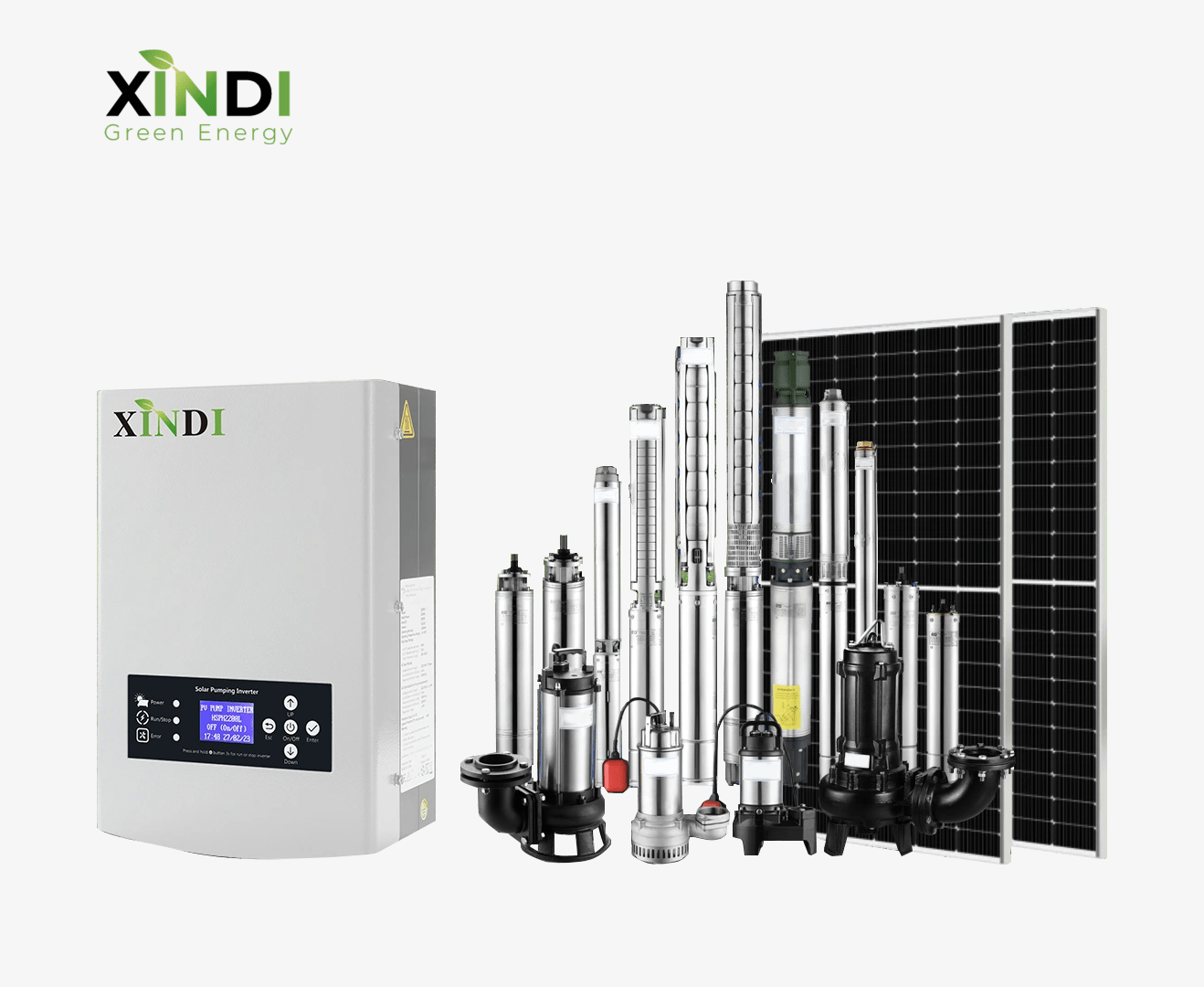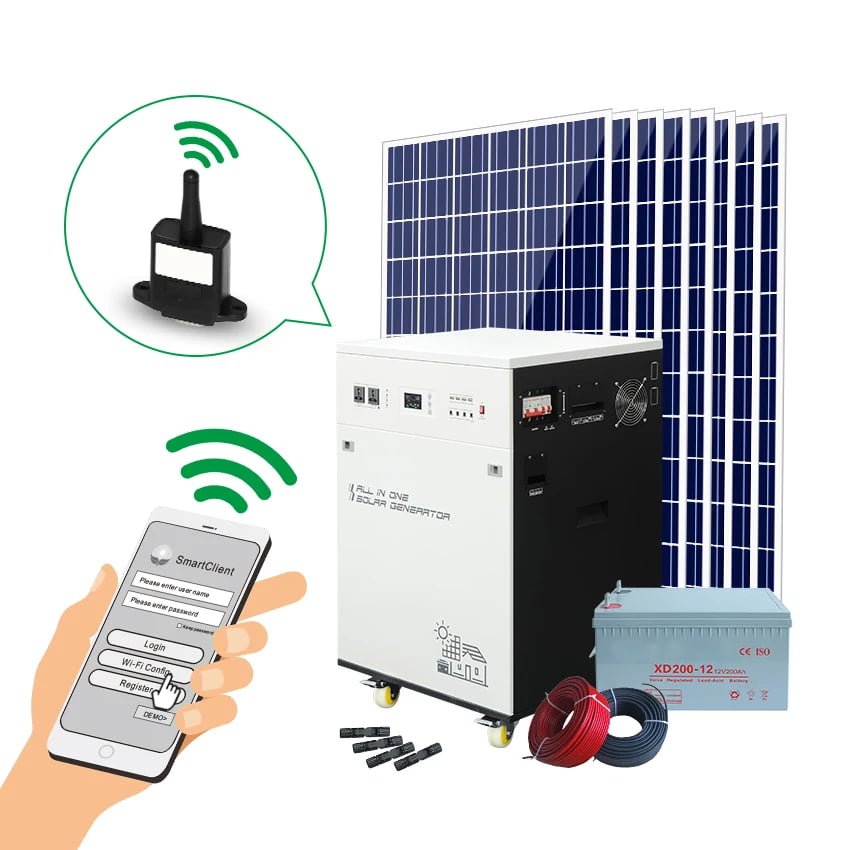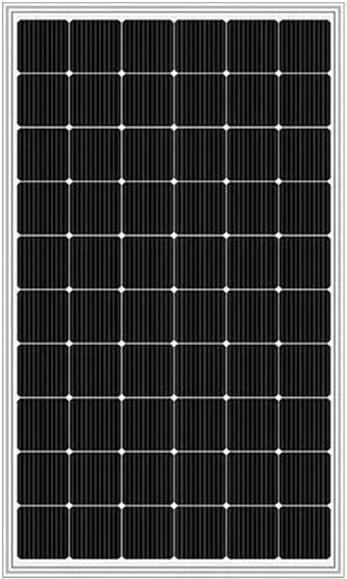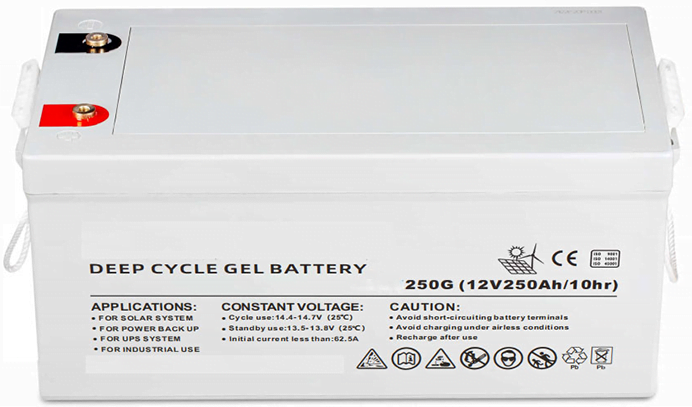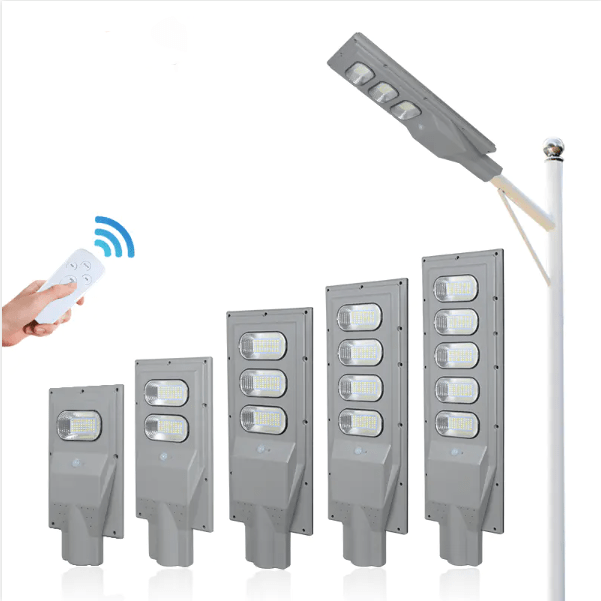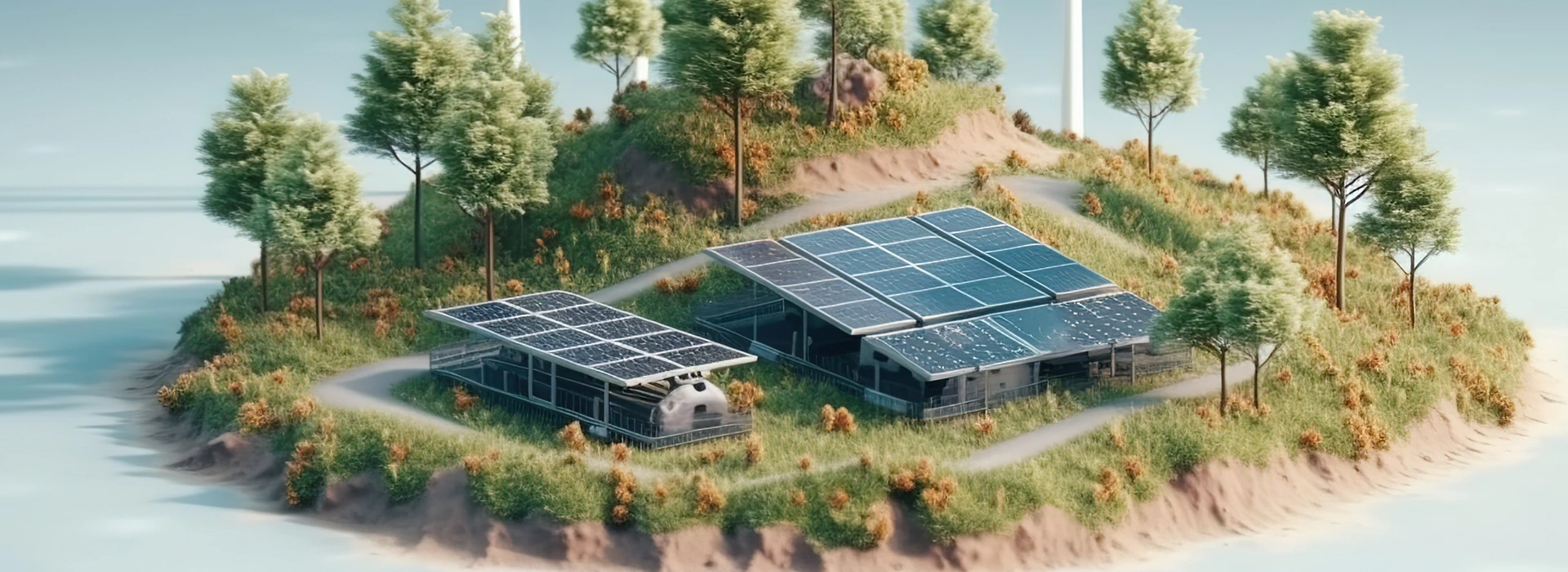
Soutien
Questions fréquemment posées
Q1 : Quelle est la qualité de vos produits ?
A1 : Tous les produits de XINDI ont obtenu la « certification du système qualité ISO9001 », avec la certification nationale obligatoire 3C. Onduleur, système solaire, batterie avec certification CE, panneau solaire avec TUV, certification CE, soyez rassuré.
Q2 : Comment choisir et calculer le bon système solaire ?
A2 : XINDI se spécialise dans l'industrie solaire depuis 20 ans. Nous vous enverrons une feuille de calcul automatisée du système solaire pour vous aider à calculer et à concevoir un système solaire adapté à vos besoins.
Q3 : Pourquoi nous choisir ?
A3 : L'usine Xindi a 20 ans d'expérience dans l'industrie de l'énergie solaire. Nos produits sont déjà largement vendus dans plus de 100 pays et régions tels que l'Asie, l'Afrique, le Moyen-Orient, l'Amérique latine, etc. Nous avons plus de 10 ingénieurs seniors pour vous offrir un service OEM et ODM, avec plus de 200 employés dans le monde.
Q4 : Puis-je étendre le système solaire hors réseau à l’avenir ?
A4 : Oui, nos kits de systèmes solaires hors réseau sont conçus dans un souci d'évolutivité. Vous pouvez facilement étendre le système en ajoutant des panneaux solaires, des batteries ou en mettant à niveau l'onduleur solaire pour répondre à vos futurs besoins énergétiques.
Q5 : Le système solaire hors réseau peut-il alimenter tous mes appareils et dispositifs ?
A5 : Le système solaire hors réseau peut alimenter une large gamme d'appareils et de dispositifs en fonction de sa capacité. Notre équipe peut vous aider à évaluer les besoins en énergie de vos appareils spécifiques pour garantir un dimensionnement approprié du système. Vous pouvez fournir la puissance totale de vos appareils électriques, le temps d'utilisation, la lumière, etc., et les planificateurs professionnels de Xindun personnaliseront la taille et la dimension du système solaire hors réseau pour vous.
Q6 : Comment entretenir le panneau solaire onduleur?
A6 : Avant toute opération de maintenance, la connexion électrique entre l'onduleur et le réseau électrique doit d'abord être déconnectée, puis la connexion électrique côté CC doit être déconnectée.
Attendez au moins 5 minutes jusqu'à ce que la décharge des composants internes soit terminée.
Tout défaut affectant les performances de sécurité de l’onduleur doit être éliminé immédiatement avant la réouverture de l’onduleur.
Évitez tout contact inutile avec le circuit imprimé.
Respectez le code de protection électrostatique et portez des bracelets anti-électrostatiques.
Faites attention et respectez les panneaux d’avertissement sur les produits.
Faites attention à la surface chaude de l'onduleur. Par exemple, le radiateur d'un semi-conducteur de puissance conserve une température élevée pendant un certain temps après la mise hors tension de l'onduleur.
Enfin, une fois la machine réparée, il est nécessaire de s'assurer que tous les défauts affectant les performances de sécurité de l'onduleur ont été résolus avant de le remettre en marche.
Q7 : Quelles sont les fonctions et les classifications des onduleurs ?
Un onduleur est un appareil qui convertit l'énergie électrique continue (batteries, batteries) en courant alternatif (généralement 220 V, 50 Hz, onde sinusoïdale). Il existe de nombreux types d'onduleurs.
Q7 : Selon la fréquence de l'alimentation CA, l'onduleur peut être divisé en onduleur basse fréquence et en onduleur haute fréquence.
Selon la fraction de phase de sortie, les onduleurs peuvent être divisés en onduleur monophasé, onduleur triphasé et onduleur multiphasé.
Selon la direction de la puissance de sortie, l'onduleur peut être divisé en onduleur actif et onduleur passif.
Selon la forme du circuit principal, les onduleurs peuvent être divisés en onduleurs asymétriques, onduleurs push-pull, onduleurs en demi-pont et onduleurs en pont complet.
Selon les types de dispositifs de commutation principaux, l'onduleur peut être divisé en onduleur à thyristor, onduleur à transistor, onduleur à effet de champ et onduleur à transistor bipolaire à grille isolée (IGBT).
Selon l'alimentation CC, l'onduleur peut être divisé en onduleurs à source de tension (VSI) et en onduleurs à source de courant (CSI).
Selon la forme d'onde de la tension ou du courant de sortie, l'onduleur peut être divisé en onduleur à onde sinusoïdale pure et en onduleur à onde sinusoïdale non pure.
Selon le mode de contrôle, les onduleurs peuvent être divisés en onduleurs à modulation de fréquence (PFM) et en onduleurs à modulation de largeur d'impulsion (PWM).
Selon le mode de commutation, l'onduleur peut être divisé en onduleur résonant, onduleur à commutation dure à fréquence fixe et onduleur à commutation douce à fréquence fixe.
Selon le mode de commutation, l'onduleur peut être divisé en onduleur à commutation de charge et en onduleur à auto-commutation.
L'onduleur est largement utilisé dans la climatisation, le cinéma maison, la meule électrique, les outils électriques, la machine à coudre, le DVD, le VCD, l'ordinateur, la télévision, la machine à laver, la machine à noir de lampe, le réfrigérateur, le magnétoscope, le masseur, le ventilateur, l'éclairage, etc.



